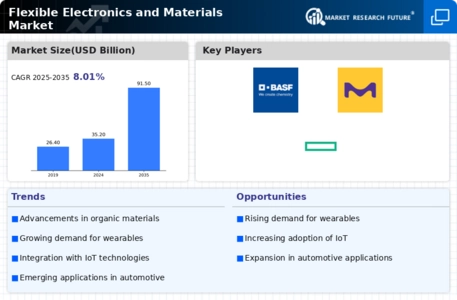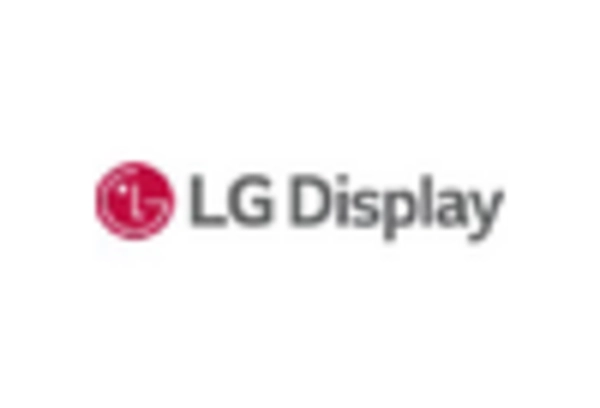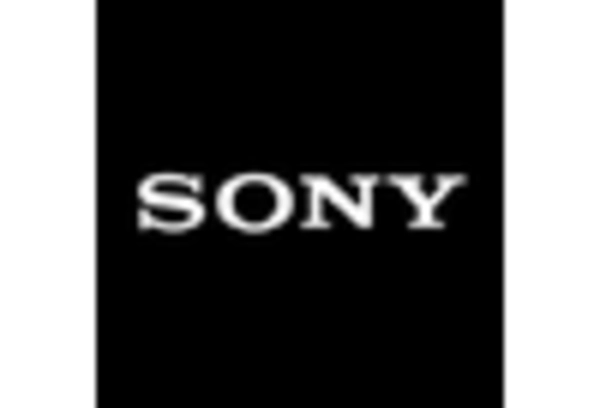Market Analysis
In-depth Analysis of Flexible Electronics Materials Market Industry Landscape
The global flexible electronics and materials market is set to reach US$ 72.6 BN by 2032, growing at a 9.20% CAGR between years 2023-2032. The market dynamics exhibit a complex interplay, which reflects how fast this new industry keeps changing and garner attention. The market is pushed by the growing demand for compact, bendable and stretchy electronic parts. This breaks away from the usual stiffness of older technology devices. The need for bendy electronics comes from many uses like wearable gadgets, fold-up screens, and healthcare equipment & devices. It is driving the market to grow more. In recent years, technology improvements have been very important in creating the flexible electronics market. Creating flexible materials like organic polymers and thin film stuff has allowed us to make electronic gadgets that bend easily with better toughness. This has made a big difference in what can be used, leading to more people using it across different businesses. This led people in the market to put a lot of money into research and development so they could improve their flexibility and performance. The flexible electronic market has become a big force because of consumer electronics. People want more smartphones, watches and handheld items that can bend. This is making big companies create new things to stay ahead in the market. The car industry is using flexible electronics for things like curved screens, bendable lights and adjusting sensors. This opens up new designs and ways it can work. As people care more about being environmentally friendly, there is a focus on using materials that are kind to the Earth and making things in ways that don't harm nature. As people start to notice how much trash electronic waste makes, the market for bendable electronics and materials is changing. This change includes moving more towards things that can be re-used or easily broken down by nature because it's better for the environment. This change goes with world actions to make a round-way system and lessen things thrown away from electronics, so it affects what producers and users choose too. In the flexible electronics and materials market, competition is driven by companies joining forces in partnerships or mergers. They also buy out others to gain an edge over their rivals. Businesses are coming together to combine their resources, share knowledge and speed up new ideas. This way not only speeds up making products, but also helps the companies involved to be stronger in their market. As industries like electronics, materials science and healthcare get closer together, it becomes more important to work together. This is because they face many different problems in the market. But problems still exist, especially in areas of size and value for money.








Leave a Comment